
If you are looking to track your health and wellness, you may have heard of the Oura Ring and WHOOP Band. Both of these smart devices are known for their accurate sleep and recovery monitoring, but what sets them apart from each other? In this article (and video), we’ll explore nine key differences between the Oura Ring and the WHOOP Band to help you decide which one is right for you.
Table of contents
Oura Ring vs. WHOOP – Video comparison
Thanks to InsideTracker for making today’s video possible.
Click here for 20% off your order.
Price
The Oura Ring Gen3 is priced between $299 and $549 depending on the type and finish of the Ring that you choose. There is also an additional monthly subscription of $5.99 that is required into order to see most of your data.
The WHOOP 4.0 Band is initially free, but it requires a more expensive monthly subscription that ranges from $20-$30 per month.
For wearables that require a subscription, I like to evaluate them on their cost for a three year period since that is how often I prefer upgrading them. So here is the price breakdown for each over three years:
Oura Ring Gen3
Initial cost: $299
Three-year Membership: $216
Total cost: $515
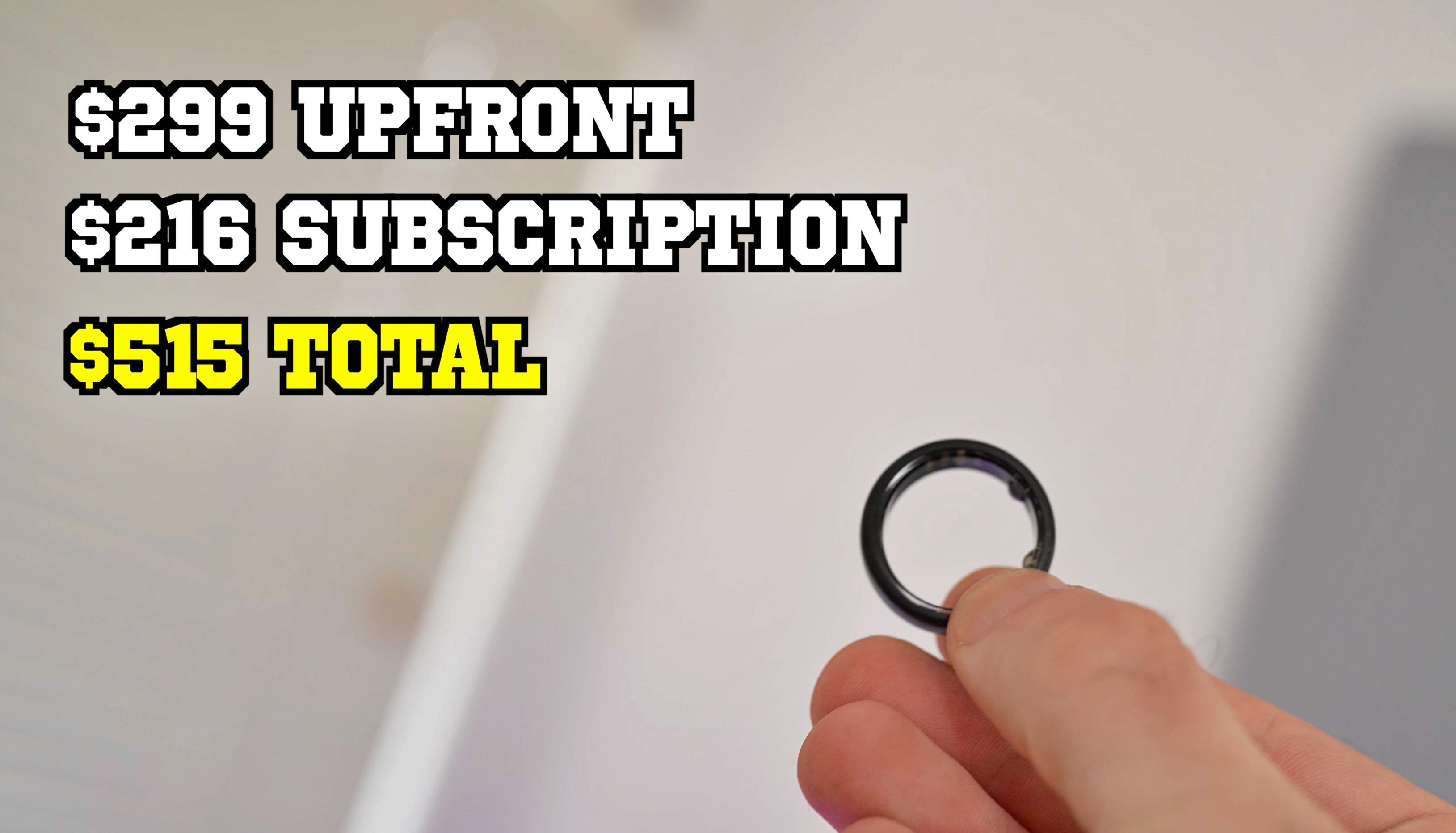
WHOOP 4.0 Band
Initial cost: $0
Three-year Membership: $780 (see video for full breakdown on this)
Total cost: $780
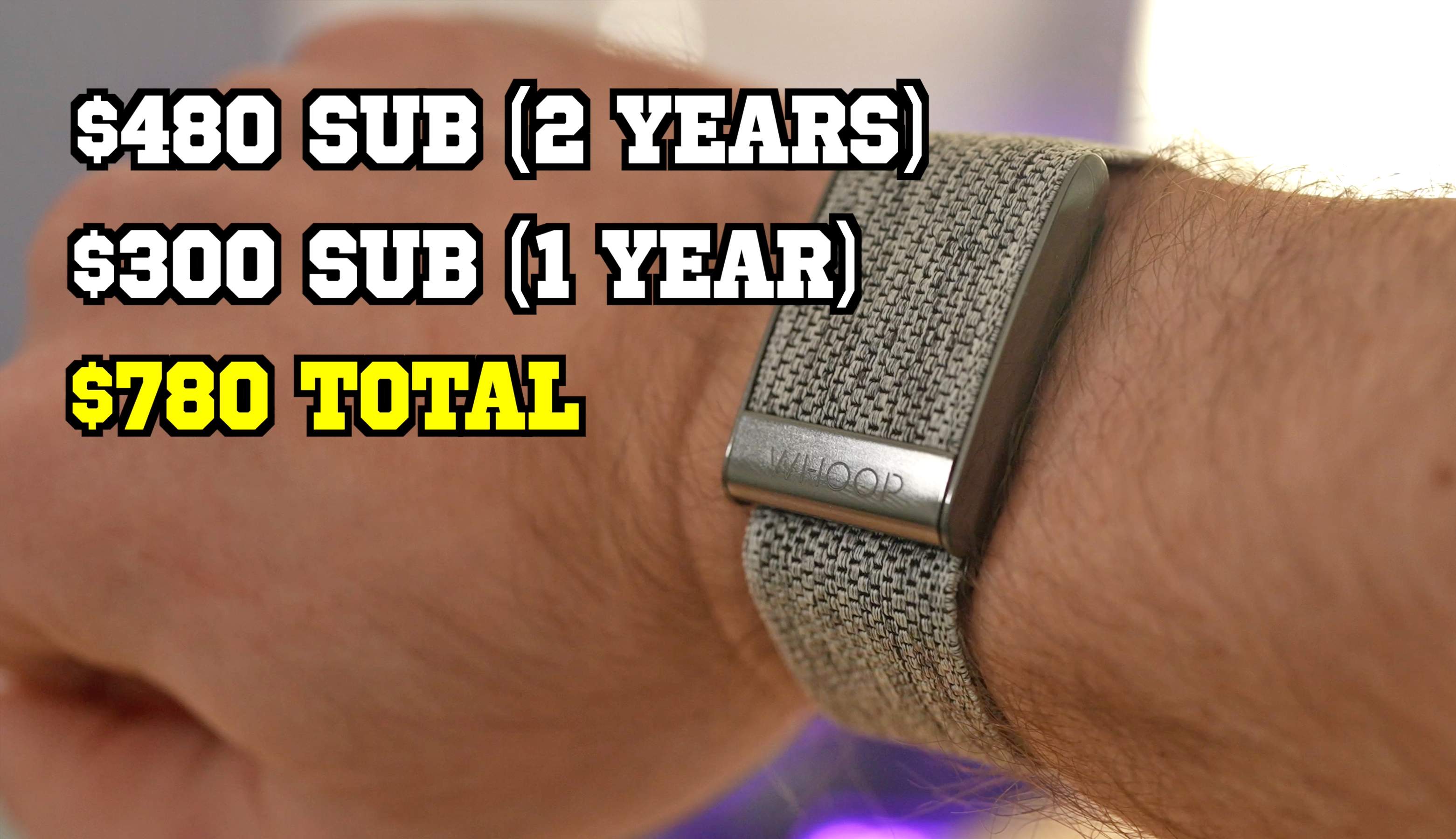
So even though Oura Ring is initially more expensive, it ends up being the more cost effective option over a three year period.
Comfort
Even though I generally dislike wearing rings, I do find the Oura Ring to be fairly comfortable for daily use. However, it is not practical to wear during most workouts, especially when lifting weights.
The WHOOP Band is more comfortable overall, especially during exercise. WHOOP is also very adaptable in how it can be worn. From your wrist, to your upper arm, or even placed within your shirt or shorts with WHOOP’s new Body clothing line.
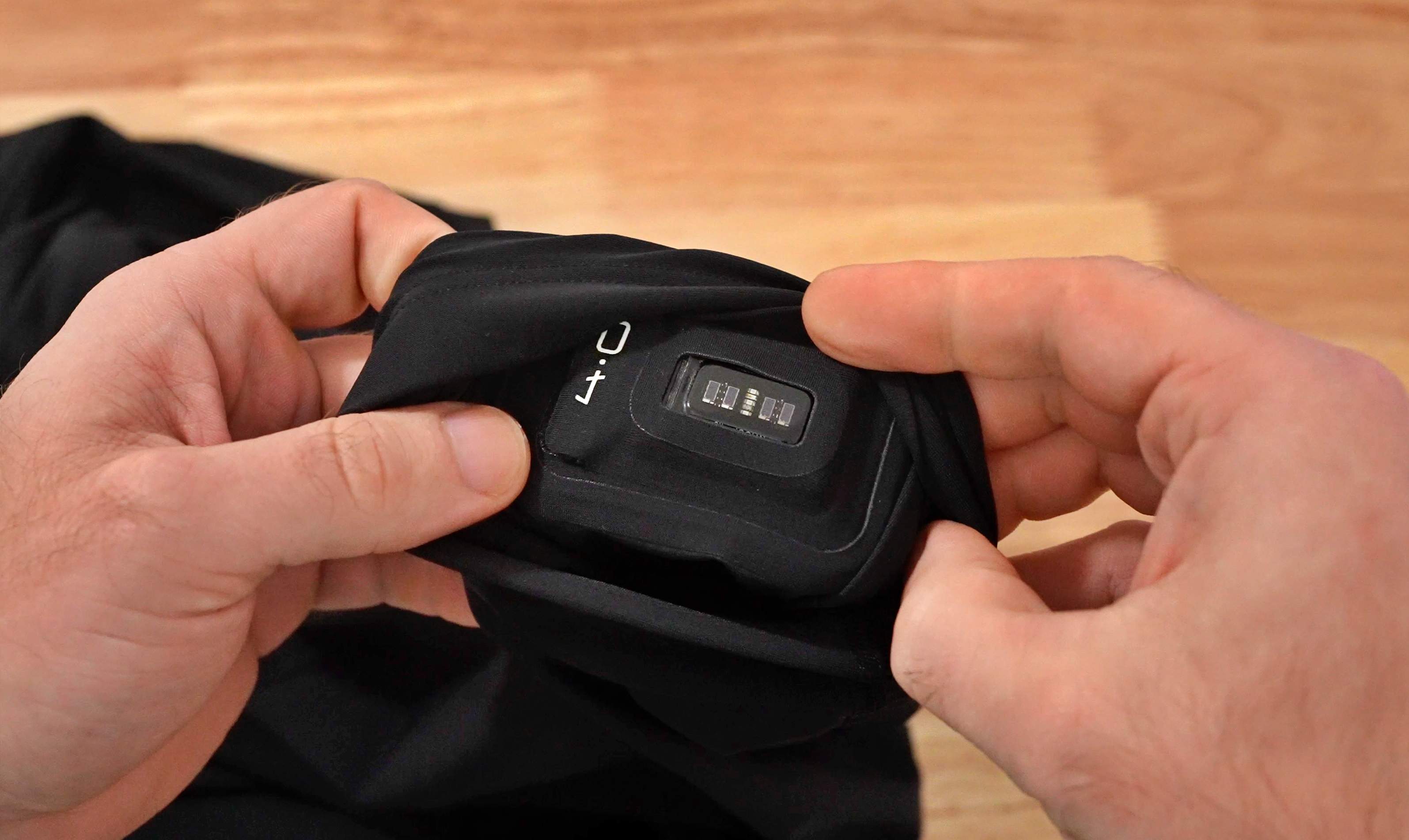
Sleep tracking
If asked a month ago, I would say that WHOOP had far superior sleep accuracy. However, Oura recently rolled out their new Sleep Staging Beta, with a new sleep tracking algorithm. So far, this seems to be a whole lot better and very much on par with WHOOP’s. Oura’s sleep tracking also seems to be more consistent at detecting naps.
However, WHOOP does a much better job than the Oura Ring at determining when I am actually trying to go to sleep. I like to read for an hour or two in bed before I sleep, but the Oura Ring thinks I am trying (unsuccessfully) to sleep. I can edit this on the app the next morning, but having to do so everyday has gotten fairly annoying. WHOOP does not have this issue and is much more accurate about determining when I actually try and start to go to sleep.
Health metrics
While you sleep, both the Oura Ring and WHOOP Band track your resting heart rate, heart rate variability (HRV), blood oxygen, respiratory rate, and variations in daily skin temperature.
Both devices provide mostly excellent data, though each has their own strengths and weaknesses. From my experience, Oura provides slightly more accurate skin temperature readings and better data around nightly oxygen levels (showing how often and significant your blood oxygen levels see drops throughout the night).
On the other hand (literally), WHOOP seems to provide me with more accurate HRV readings. In fact, when it comes to HRV, the WHOOP 4.0 is the best out of over 20 devices I’ve tested.
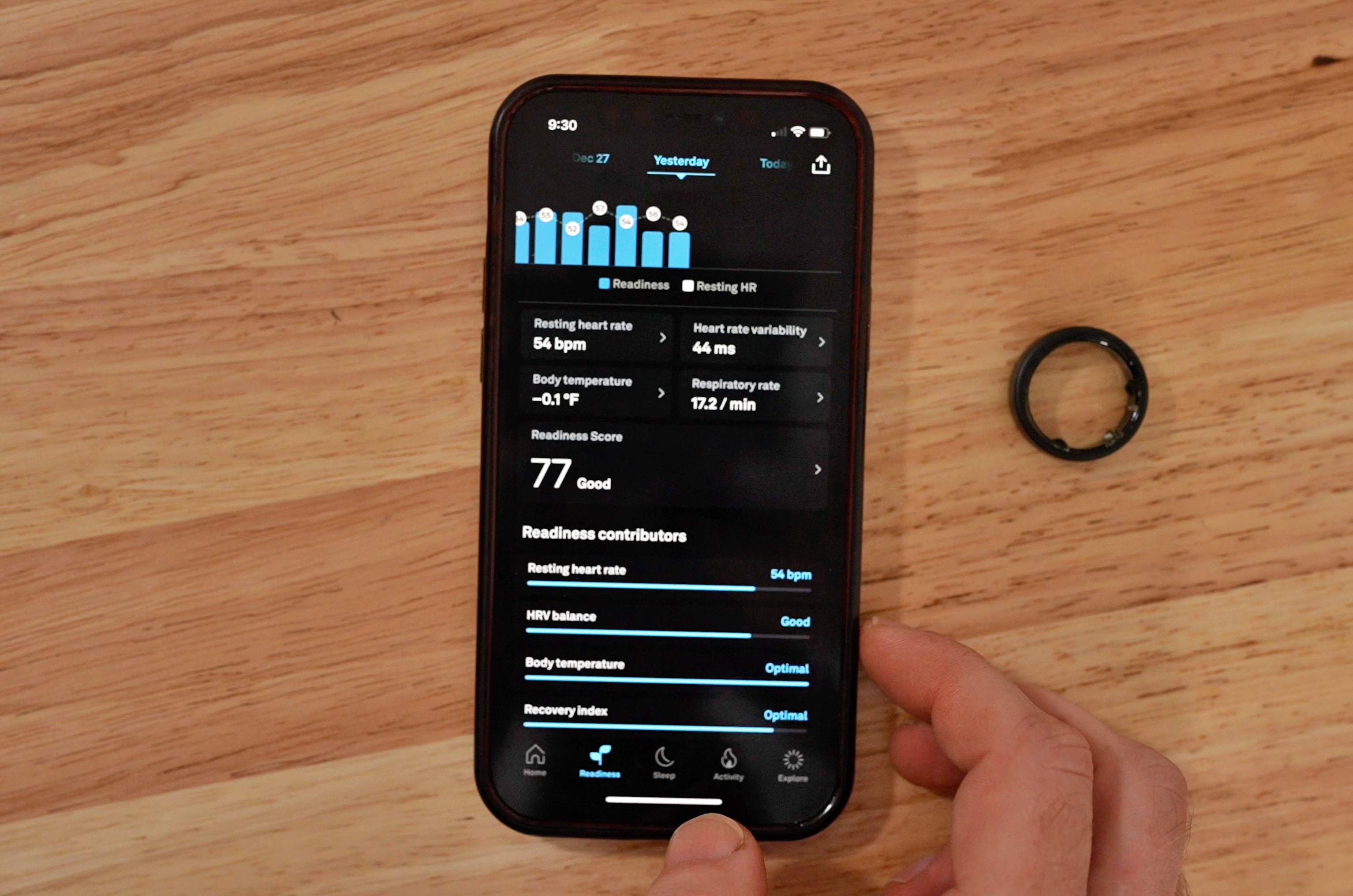
Behavior tracking
When it comes to seeing how various behaviors influence sleep and recovery, WHOOP offers significantly better and more in-depth features.
When I wake up in the morning, the WHOOP app asks me to fill out a quick yes/no survey about behaviors and other factors that I have chosen to track. Not only is this quick and easy to do, but WHOOP allows me to track these behaviors in as much depth as I’d like.
For example, I could say I track that I spent time outdoors, or I could dig in further and specify exactly how many hours I spent outdoors. I could also track the time of day I first went outdoors. WHOOP then takes this data and analyzes how much of an effect these factors have on your recovery and sleep.
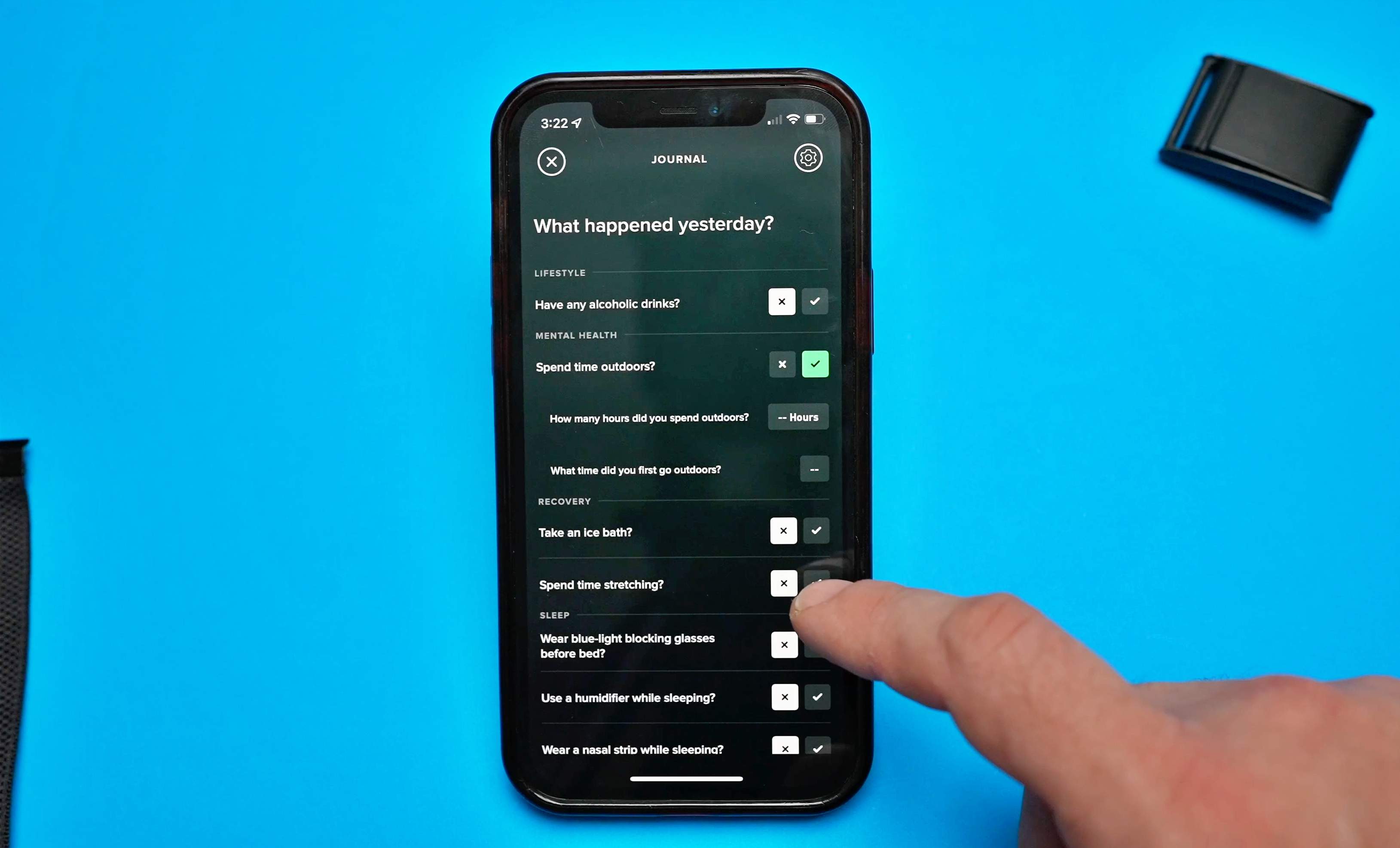
The Oura Ring version of this is watered down, and less useful. You can tag behaviors, but there are a lot less to choose from. There is also no ability to record behaviors in more depth like you can with WHOOP. You also don’t get any reminders to do track behaviors, so you’ll have remember and manually find which tags you want track each day.
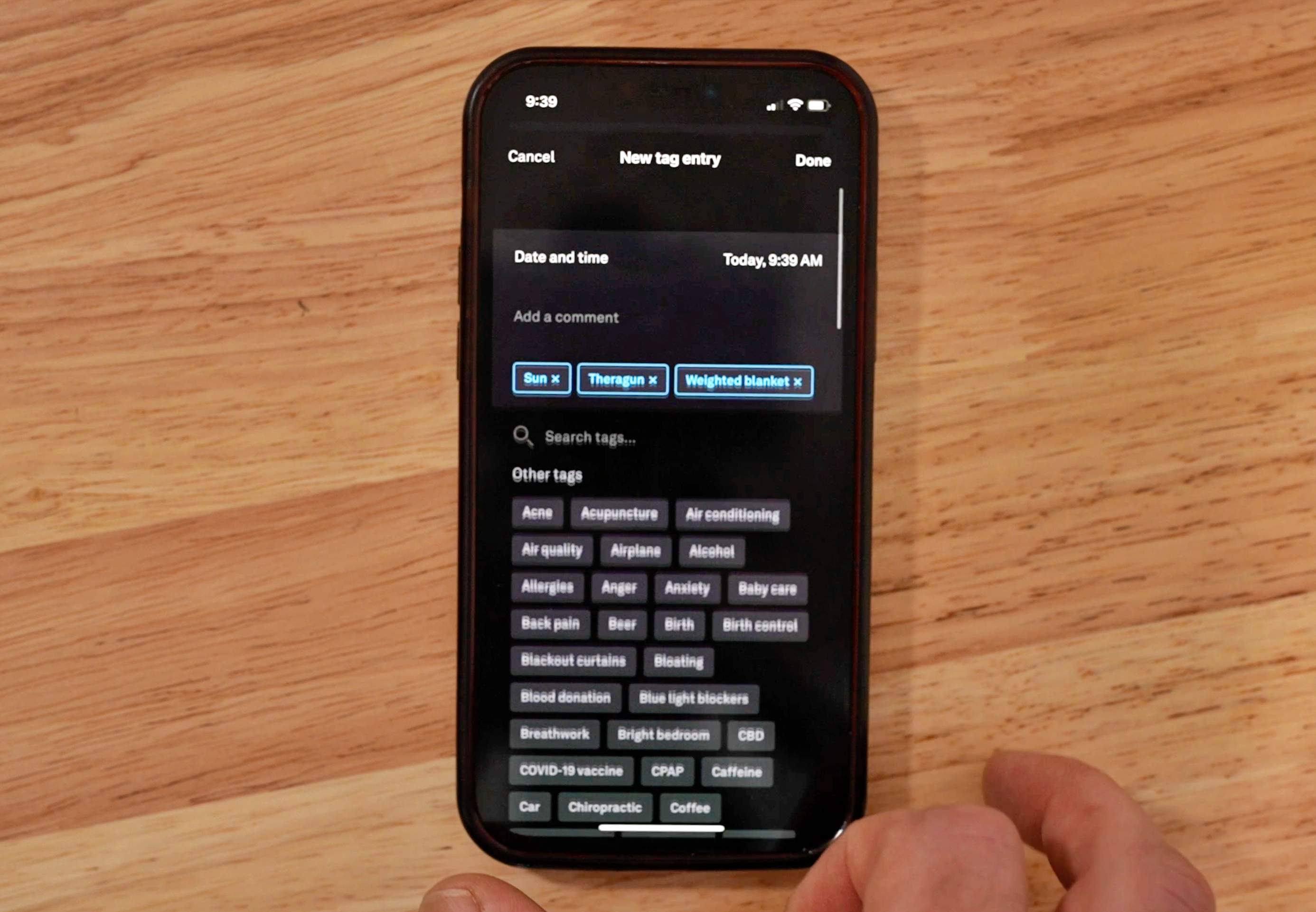
Daily scores
Oura and WHOOP take all of the data they get from your sleep, HRV, and various other metrics to give you three daily scores. These scores are designed to help give quick guidance on how best to take on your day.
Sleep score
Here, both Oura and WHOOP do a decent job of adjusting for total sleep, sleep timing, latency, and more to give you an overall sleep score. I personally trust Oura’s sleep score more due to the fact that WHOOP continues to insist I must average eight hours of sleep per night.
I have been wearing WHOOP for well over a year, and I feel that by now it should have been able to see and adjust to the fact that my recovery is almost always best with between 6-7 hours of sleep.
The Oura Ring sleep score does not place as heavy an emphasis on overall sleep time. Instead, it focuses more on sleep quality and timing, which I feel is more accurate – at least for me.
Recovery score
When it comes to a recovery score, I tend to stick with what my WHOOP band says. While both devices take into account HRV, resting heart rate, sleep and additional metrics, WHOOP places a much stronger emphasis on HRV, which I think makes most sense.
Since the Oura Ring recovery score places less emphasis on HRV, it ends up being around the same every day. Thus giving me less usable insight as to how I may want to adjust any activities I have planned for the day.
Activity score
In terms of activity, Oura bases its score on calories burned while WHOOP has has a unique formula it calls Strain. Strain is based on both the intensity and duration of your efforts. While Strain can be a bit confusing (it can be hard to tell how much strain any given activity will give you), I do find it more useful than calorie counting, which is generally very inaccurate.
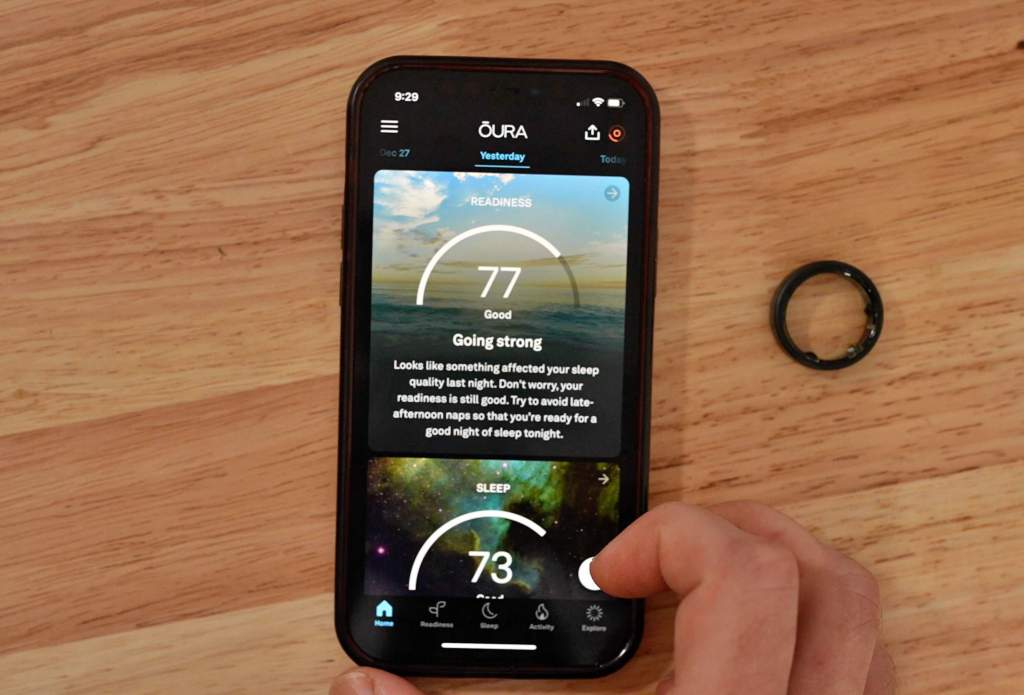
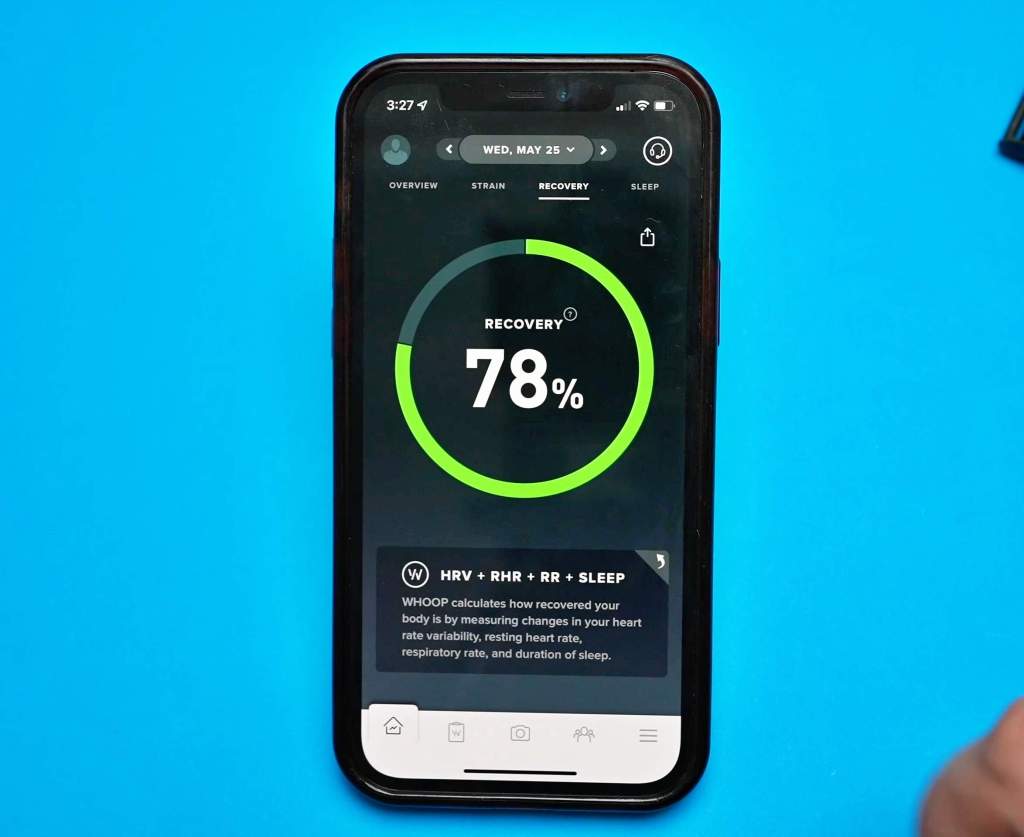
Battery life
The Oura Ring and WHOOP band both have decent batteries. Oura claims to last up to seven days, and for me, it lasts around five days before needing a charge.
WHOOP claims to last between four and five days, and for me it tends to last around three.
With Oura, you do need to take off the ring and place it on the charger which takes a little over an hour. WHOOP is a bit different than most devices and utilizes a battery pack that you slide over the WHOOP band. This allows you to charge the band without having to take it off and lose any data.
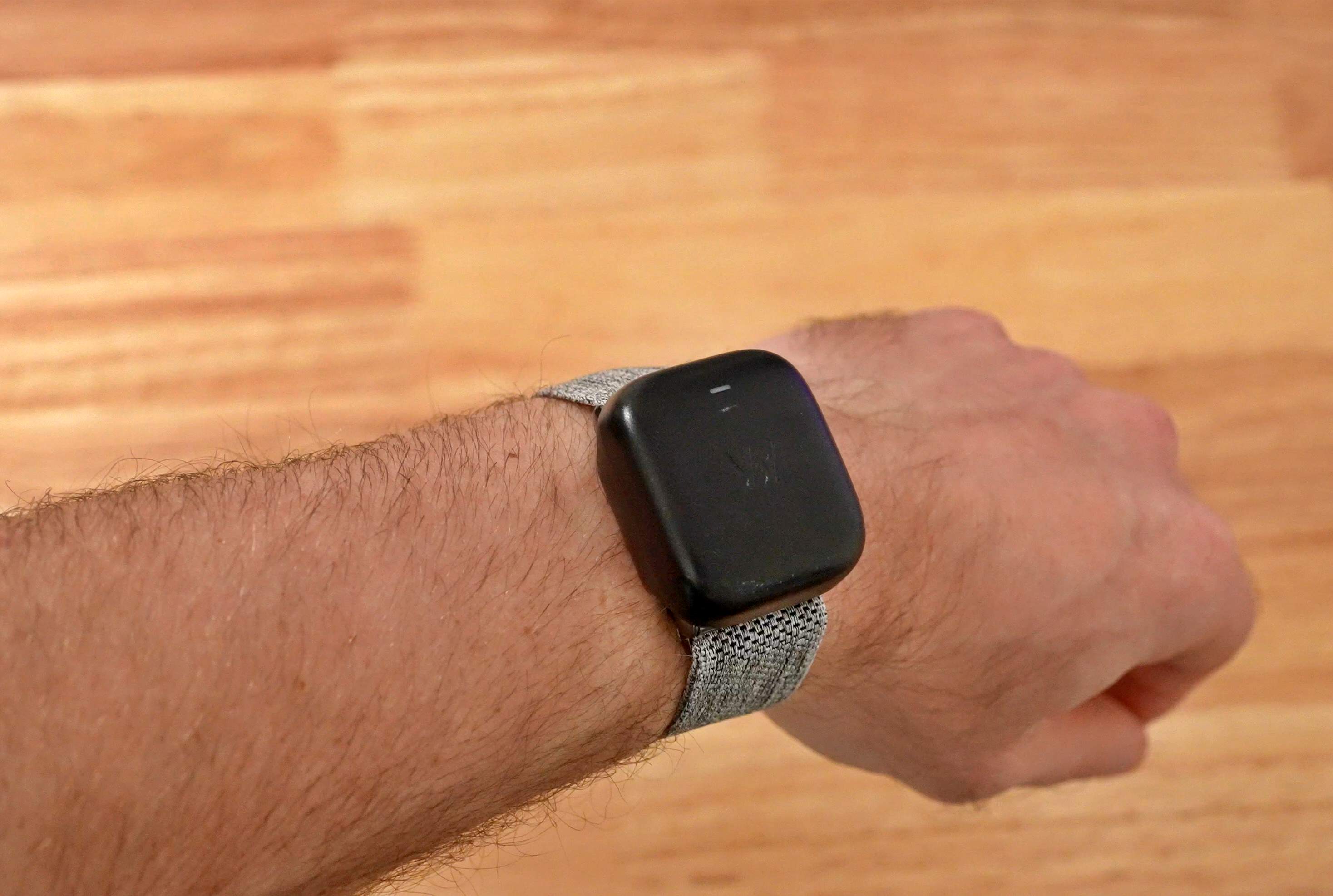
Alarm
This is a simple comparison, due to the fact that the Oura Ring does not have an alarm. WHOOP not only has a haptic alarm, but it has several smart options for you to choose from. You can have it wake you up at a specific time, or you can choose it to wake you up based on your sleep needs and cycles.

Activity tracking
Finally, we have activity and workout tracking. Both wearables can auto detect when you have exercised and both do a decent job at general activity tracking, like walking and moving throughout the day.
However, WHOOP comes out significantly ahead when it comes to workout tracking for a variety of reasons:
It’s comfortable to wear. The Oura Ring is fine for some exercise like walking and running, but if you have to hold onto anything with your hands, you should take it off, both because it is uncomfortable and because not doing so can damage the ring itself. The WHOOP Band sit out of the way on your wrist, upper arm, or if you have WHOOP Body clothes, tucked away underneath your shorts or shirt.
WHOOP is a lot more accurate during exercise. While both Oura and WHOOP have very accurate heart rate tracking for regular use, Oura seems to struggle with accuracy during workouts. WHOOP isn’t perfect, but it does a better job of tracking heart rate in almost all scenarios.
WHOOP can broadcast your heart rate to other devices. If you ride a Peloton Bike or Concept 2 Rower (or really any smart fitness equipment), you’ll likely want to be able to broadcast and pair your heart rate. You can do that this with WHOOP, but not with the Oura Ring.

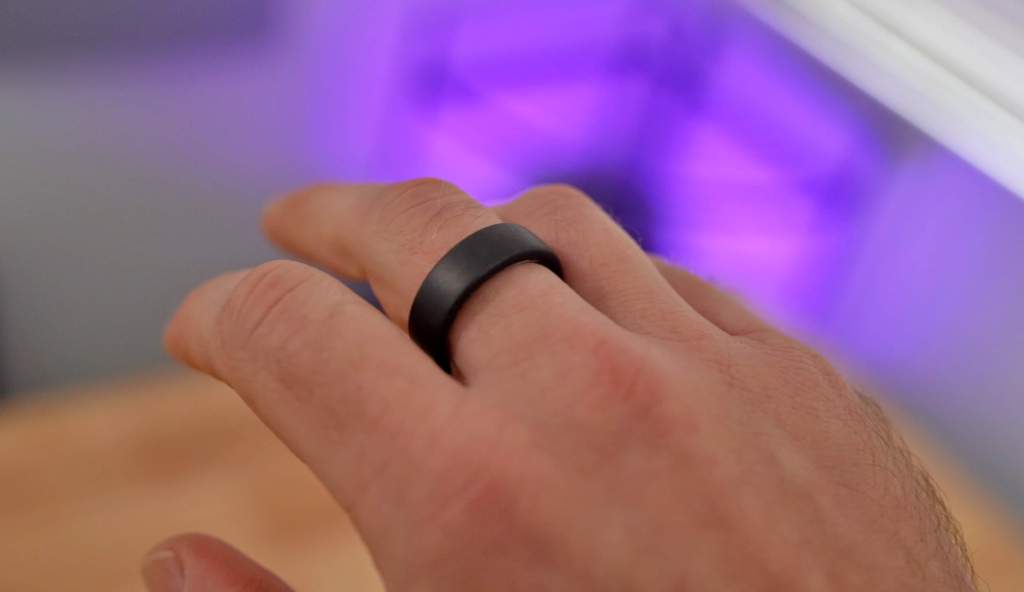
Final thoughts
When compared side-by-side, the WHOOP 4.0 comes out ahead in a lot more categories than the Oura Ring Gen3. Personally, if I had to choose one over the other, right now I would go with WHOOP, primarily because of it’s phenomenal behavioral tracking.
This is not to say I suggest the WHOOP band over the Oura Ring for everyone. In fact, Oura is probably best for someone who is less interested in tracking workouts and just want a device that can accurately track sleep and health data, especially since the Oura Ring is significantly cheaper.
But if you are an athlete, or someone who likes to likes to see how various behaviors affect your recovery, then WHOOP is going to be what you want.
Buy Oura Ring here
Buy WHOOP here
(use code CTW for a free month)
Suggested reads:
- WHOOP 4.0 long term review: eight months later [Video]
- Oura Ring Gen3 makes Blood Oxygen Sensing available
- Eight Sleep Pod 3 review: Get ready for your best sleep yet
FTC: We use income earning auto affiliate links. More.


